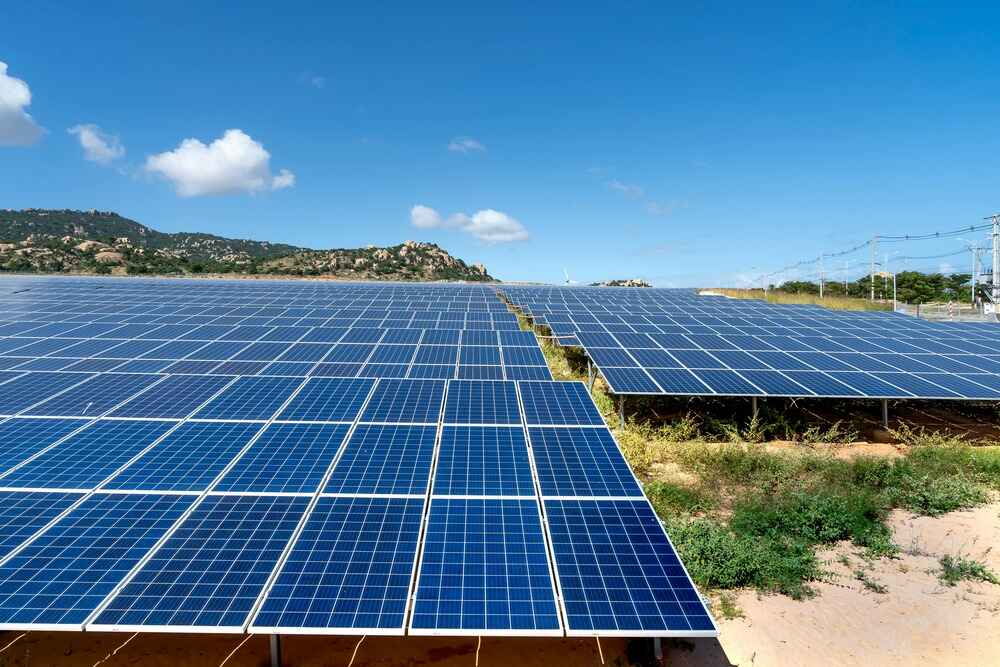
Table of Contents
- Introduction
- The Role of Solar Design in the U.S. Clean Energy Shift
- Solar Engineering for Grid Modernization
- How Solar Design Boosts Energy Efficiency
- Streamlining Solar Permitting for Faster Deployment
- Solar Design for Utility‑Scale Projects
- Designing Resilient Solar Systems for Net‑Zero Goals
- Benefits of Professional Solar Design Services
- Conclusion
Introduction
The United States stands at a pivotal moment in its journey toward clean energy, with solar power taking the lead. Yet achieving net‑zero emissions demands more than simply mounting panels—it hinges on accurate and dependable solar design services. From permit‑ready drawings to engineering assistance, solar design forms the backbone that enables sustainable development, quicker approvals, and higher system performance.
In this post, we’ll examine how solar design services accelerate America’s energy transition and why they are essential for creating a cleaner, more resilient future.
1. The Role of Solar Design in the U.S. Clean Energy Shift
Federal incentives, state mandates, and rising corporate demand drive the U.S. clean‑energy movement. Within this ecosystem, solar design and the clean‑energy transition are inseparable. High‑quality designs guarantee compliance with local codes, cut down project hold‑ups, and deliver precise system layouts that maximize output.
By aligning with national energy policy, professional designers help contractors and developers meet both financial and environmental objectives.
2. Solar Engineering for Grid Modernization
As renewables proliferate, the electric grid must evolve. Solar engineering for grid modernization means crafting systems that mesh smoothly with utility infrastructure. Through advanced shading analyses, interconnection studies, and smart‑inverter configurations, design services are crucial for preserving grid stability while expanding solar capacity.
3. How Solar Design Boosts Energy Efficiency
Accuracy in layout and component selection directly influences production. By employing shading assessments and proper sizing, solar design elevates energy efficiency and curtails performance losses. Whether for homes or businesses, an optimized design yields high‑efficiency systems that generate more power at lower cost.
4. Streamlining Solar Permitting for Faster Deployment
Permitting remains one of the biggest hurdles in the U.S. solar market. This is where professional services truly shine. Permit‑ready plan sets not only shrink approval timelines but also lower project risk, keeping initiatives on budget and schedule.
5. Solar Design for Utility‑Scale Projects
Large solar farms are indispensable to the clean‑energy shift. Designing for utility‑scale projects involves sophisticated engineering, terrain evaluation, and thorough compliance documentation. Such designs help maximize land use, lessen environmental impact, and guarantee reliable power delivery to the grid.
6. Designing Resilient Solar Systems for Net‑Zero Goals
Achieving the nation’s net‑zero ambition relies on constructing resilient solar installations. Robust designs protect against extreme weather, facilitate energy‑storage integration, and ensure long‑term performance. The role of PV design in net‑zero objectives is fundamental—without solid design, meeting nationwide sustainability targets is unattainable.
7. Benefits of Professional Solar Design Services
Professional design services deliver a host of advantages that bolster the clean‑energy transition:
- Sustainable solar development with a minimal environmental footprint
- Maximized output through advanced engineering tools
- Cost‑effective deployment by cutting delays and mistakes
- Reduced project risk via compliant, precise designs
- Environmentally conscious design aligned with policy goals
By leveraging these services, installers, EPCs, and developers gain a competitive edge while propelling the U.S. toward a greener future.
Conclusion
The United States’ clean‑energy transformation depends on more than bold policies—it requires practical, scalable solutions that produce tangible results. Solar design services are the foundation of this shift, ensuring projects are efficient, compliant, and built for lasting success.
At SouthVine Energy, we specialize in delivering accurate, permit‑ready solar designs that help businesses, installers, and developers speed up their clean‑energy journey. Together, we can create a sustainable future powered by the sun.


